The Dormouse-Fattening Jars of Ancient Rome
For the plumpest, tastiest rodents.
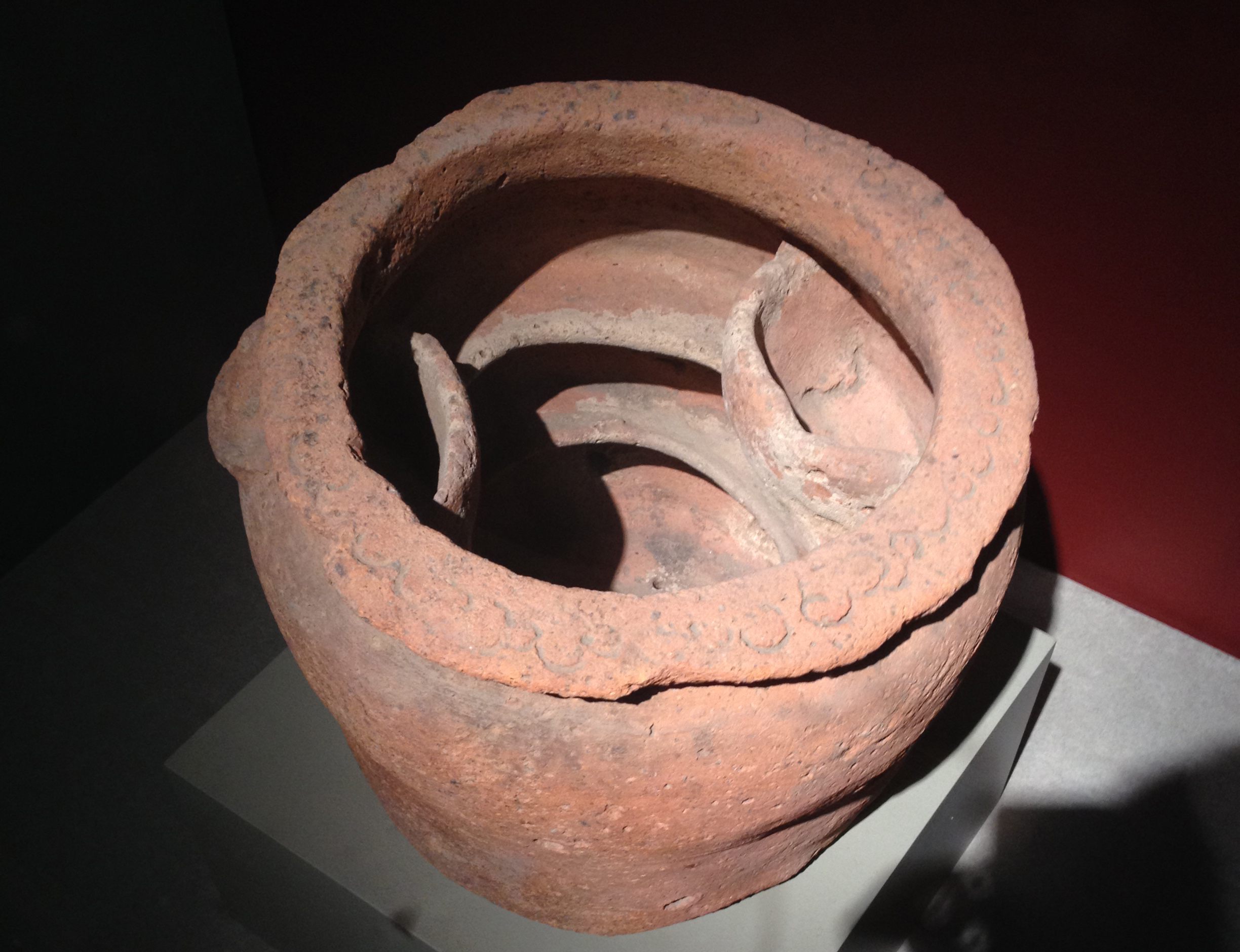
The ancient Romans consumed some strange foods, ranging from sow’s womb to dormice, which were known as glires in Latin. Astute Italians got their rodents mouth-ready by sticking them in a special container called a glirarium or vivarium in doliis (enclosed animal habitats in jars); it was designed to be a temporary home—a rodent Airbnb—where the animal could pig out. Humans would then cook up the dormouse once they judged it to be at prime plumpness.
Just a note: Romans didn’t eat the kind of mice that gnaw your wires. Instead, they chowed down on “edible dormice,” which were a lot bigger and substantive than their modern house-mouse counterparts. These were long considered extravagances; in 115 BC, consul Marcus Aemilius Scaurus passed a law that prohibited serving exotic avians, mollusks, and dormice, according to Pliny the Elder. But it’s likely that nobody listened to Scaurus’ legislation—the rodents were too tasty.
On their country estates, prominent Romans reared some animals just for consumption. In his On Agriculture, Roman scholar Varro noted that country gentlemen raised tiny critters like snails to eat, bees for honey, and dormice inside their villas. Ancient gourmand Fluvius Hirpinus (whose name was probably a misspelling) popularized eating snails and started the practice of fattening dormice for the table in the mid-first century BC.
Dormice became a food of the upper classes. Varro cites the example of a rich guy named Titus Pompeius, who had a vast domain in Transalpine Gaul (modern France/Belgium), probably sometime in the first century BC. On his private hunting preserve, Pompeius bred captive critters in a four-square-mile enclosure, in which there were “usually kept places for snails and beehives, and also casks in which dormice are kept confined.” This was an ancient version of farm-to-table eating, in which you bred, raised, and slaughtered your own food. Archaeological evidence indicates that Average Joe farmers might have raised dormice on their own properties, then sold them to rich people as a side-hustle.
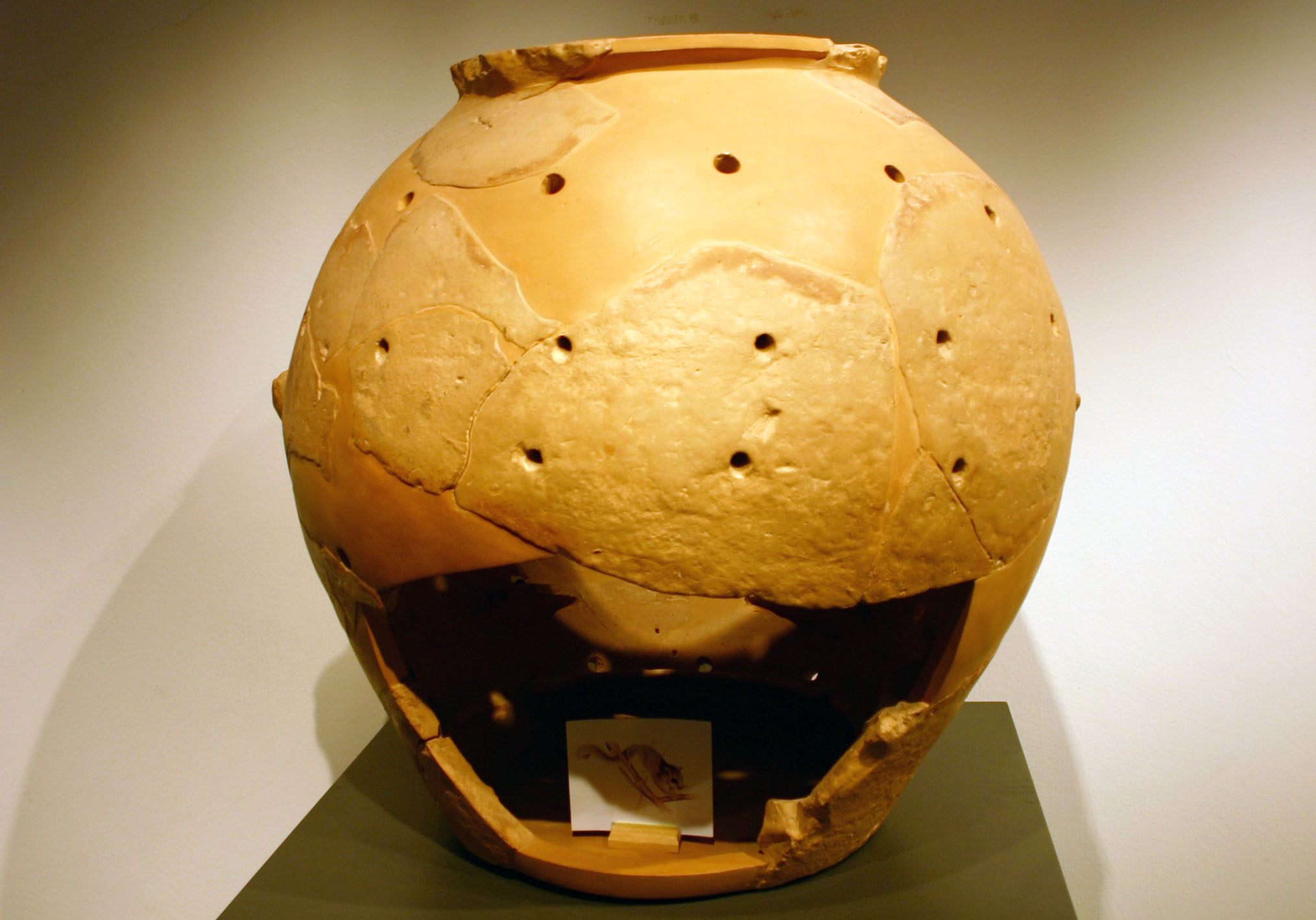
In On Agriculture, Varro describes the unusual quirks of a glirarium. It looked like a regular, short storage vessel on the outside and resembled an artificial burrow on the inside. When building clay containers for dormice, potters used a different plan than when making regular ones; for one, the dolium, or jar, was ventilated. In addition, there were “channels along the sides” and “a hollow for holding the food.” These food trays could be refilled from the outside, with light and air holes to keep the dormice alive.
The channels allowed the dormice to scurry along the sides of their new home (as classicist Mary Beard quipped, they created an ancient version of a hamster’s wheel). To fatten the dormice, “in such a jar acorns, walnuts, or chestnuts are placed; and when a cover is placed over the jars they grow fat in the dark.” That made sense, since all the dormice could really do in that restricted habitat was eat, jog a bit, and sleep.
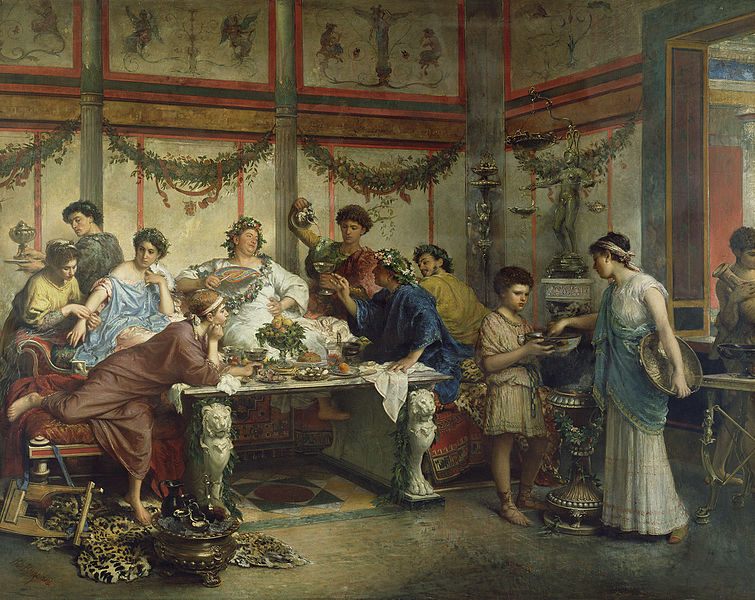
Once the dormice were deemed sufficiently chubby, they were killed and cooked up for banquets. Ammianus Marcellinus reported that, at dinner parties, hosts would order their fish, dormice, and other meats to be weighed on scales and the results recorded. As many as 30 scribes would jot down and drone on and on about the animal weights at any given feast. Heavy meats were points of pride for rich Romans; the fatter your dormice, the more money you were able to spend on idle pursuits, and the wealthier you were.
A number of ancient Roman recipes and dormice dish descriptors still survive. In a famous banquet scene the Satyricon, one of ancient Rome’s first novels, hosted by the nouveau riche Trimalchio, “dormice seasoned with honey and poppy-seed” were served as hors d’oeuvres. De Re Coquinaria, one of the world’s oldest surviving cookbooks—attributed to ancient foodie Apicius—lists some tasty dormouse recipes. There’s dormouse stuffed with pork and its own trimmings, then pounded out with pepper, laser (the juice of a giant fennel plant), broth, and nuts; after, this concoction is put in a casserole dish, roasted, or boiled. Not a bad way to chow down—especially considering the mice were extra-succulent after hanging out in their own special jar.
Gastro Obscura covers the world’s most wondrous food and drink.
Sign up for our email, delivered twice a week.







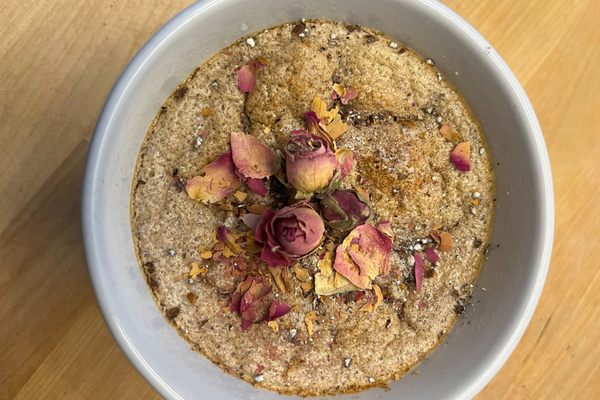
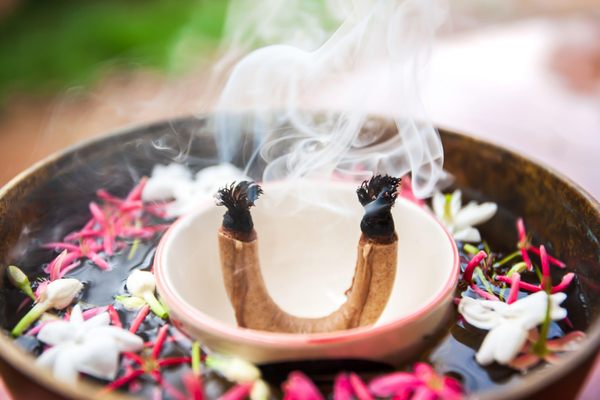
























Follow us on Twitter to get the latest on the world's hidden wonders.
Like us on Facebook to get the latest on the world's hidden wonders.
Follow us on Twitter Like us on Facebook